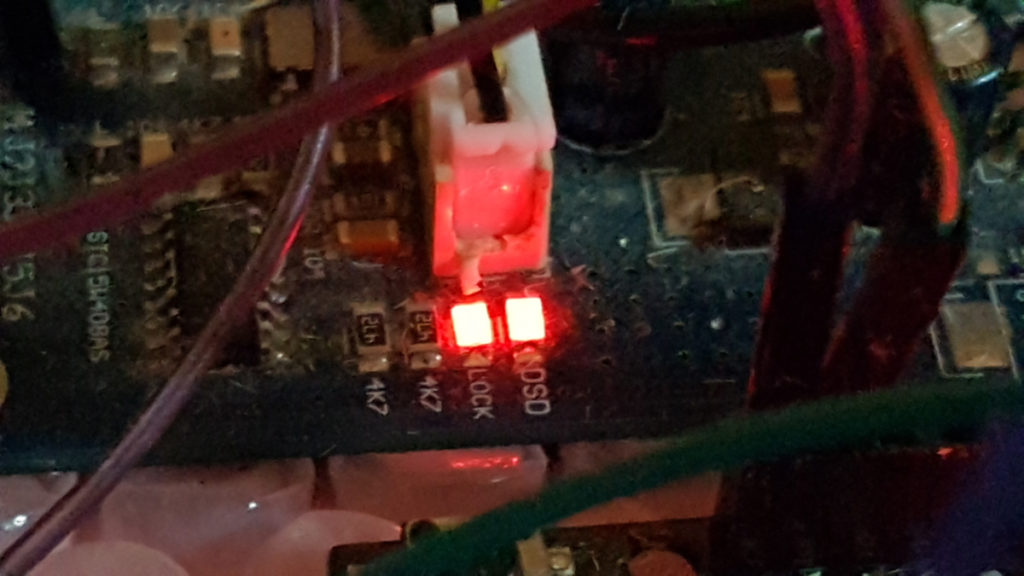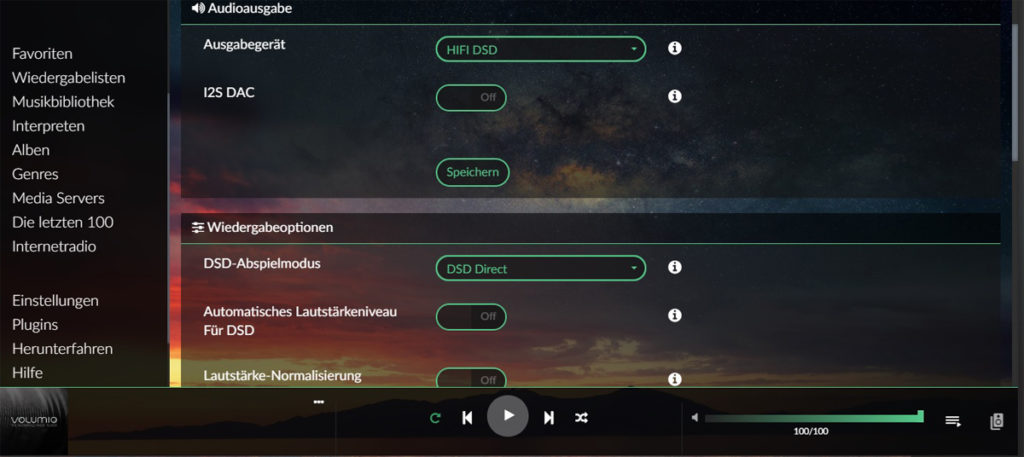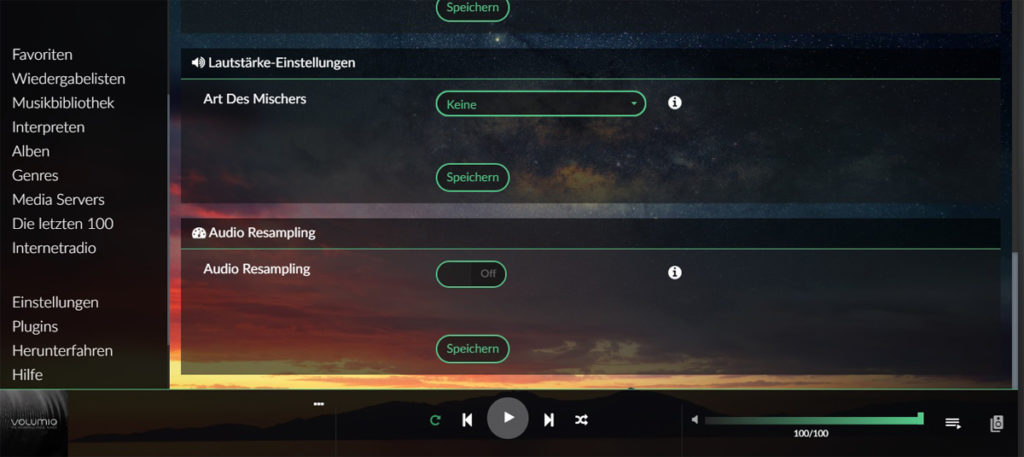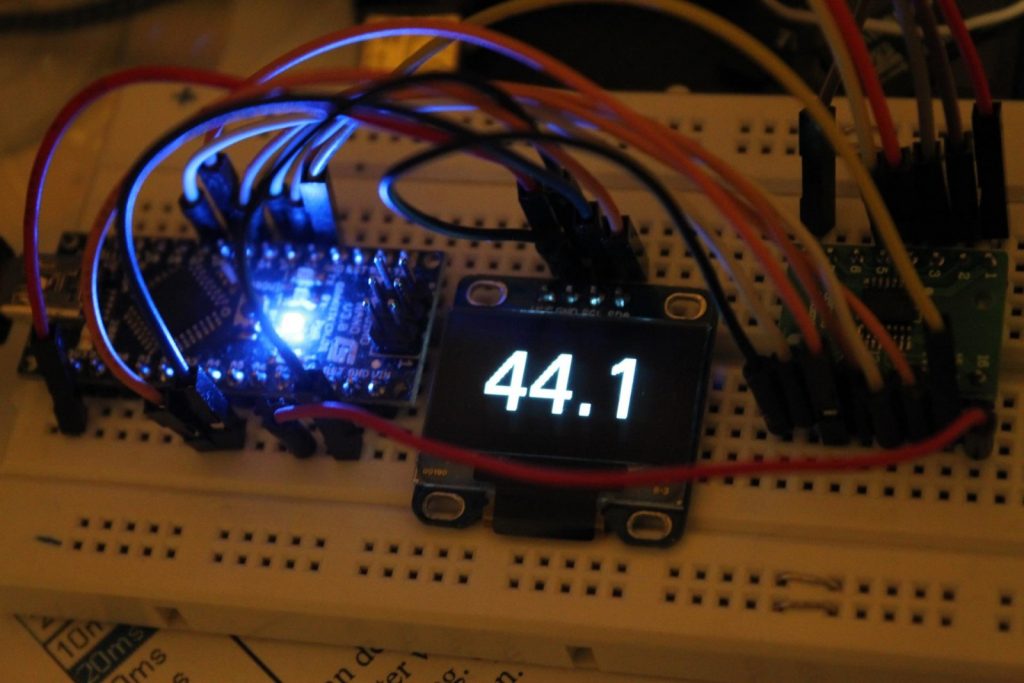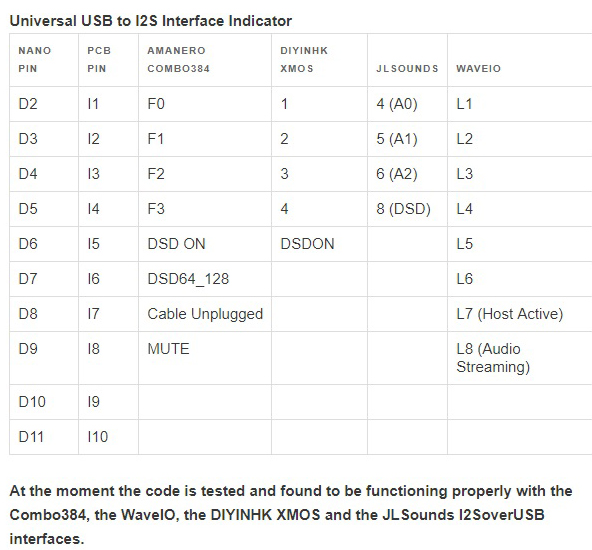Usability / Volumio->BubbleUPnp / Volume-Potentiometer-Hardware-None
so, 😉
sorry for the lately uninteresting/not so “fresh” news about the ES9038Q2M/ES90xx-chips/boards etc..; maybe that will come back..
today, to keep this blog going, some usability-tricks/tips using a RPI-4B and volumio..->https://volumio.org/get-started/
runs fantastic (imo), is absolutely DSD-capable (remember to use an USB-bridge (XMOS or Anamero) “in-between” and set volumio on “DSD-direct”,”no mixer”, “no resampling”-> else u wouldn´t get the red/torquise DSD-lock-light on the ES9038Q2Ms..->
by that i´ve tried a lot of dlna-apps for volumio and best for me so far is->BubbleUPnP->LINK
there are millions of other (“Mediahouse etc.,etc.,”) but imo, BubbleUPnp correspondends superb with volumio..u can see in BubbleUPnP whats playing, can change the volume via the “normal” volume-keys and u can also play/send .mp4/.mkvs etc. to volumio and it plays only the audio/tracks..great ! 😉
by that i´ve bought a 10kohm-poti again (wire-diagramm here->http://essabre-90xx-rpi.sfb2.com/?p=1660 ) and although we have a web-volumecontrol with a MCP4131 “here”->http://essabre-90xx-rpi.sfb2.com/?p=1306
i still thought its “usability-wise” better to use an old-school (analogue) poti but its still the same problem as first: u have only a very short range (i guess 35 degrees) from full to nothing and u have to turn it manually ;-)(but u are nearer on it 😉 )..still doesnt know the right conclusion for me, still in testing 😉 )..
greets for now and more to come !! 😉
